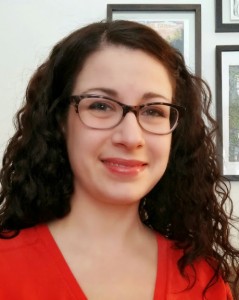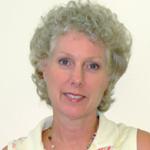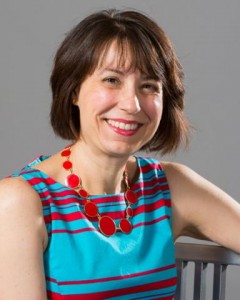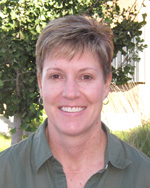 Kathryn Dobeck – Lorain County Community College, Ohio
Kathryn Dobeck – Lorain County Community College, Ohio
In 2012, I had a simple goal for my first sabbatical project: to revise the course materials for my Introduction to Statistics course in order to make them more accessible and relevant to my students. I had long been bothered by the presentation of statistical concepts that our textbook used, due to its overuse of flowcharts and “cookbook-style” explanations where logical justification should have been. With this approach, students were hung up on basic ideas such as arithmetic, rounding issues, and determining which formula to use, but never reached the higher orders of statistical thinking. My quintessential statistics course would convey the power of analyzing data, present motives for inferential statistical methods, and demonstrate the ubiquitous nature of the discipline. Unfortunately, at that time, the specific details of how I was going to solve these problems and realize my ideal course were yet to be determined (and hence the need for a sabbatical!). [pullquote]I’d be lying if I said that changing to a simulation-based curriculum wasn’t a lot of work. It definitely was. However, the work load was manageable over the course of a year and was worth every bit of it. Now, student success rates and attitudes have improved and the course is an absolute joy to teach.[/pullquote]
Continue reading →
 Kim Gilbert – University of Georgia
Kim Gilbert – University of Georgia


